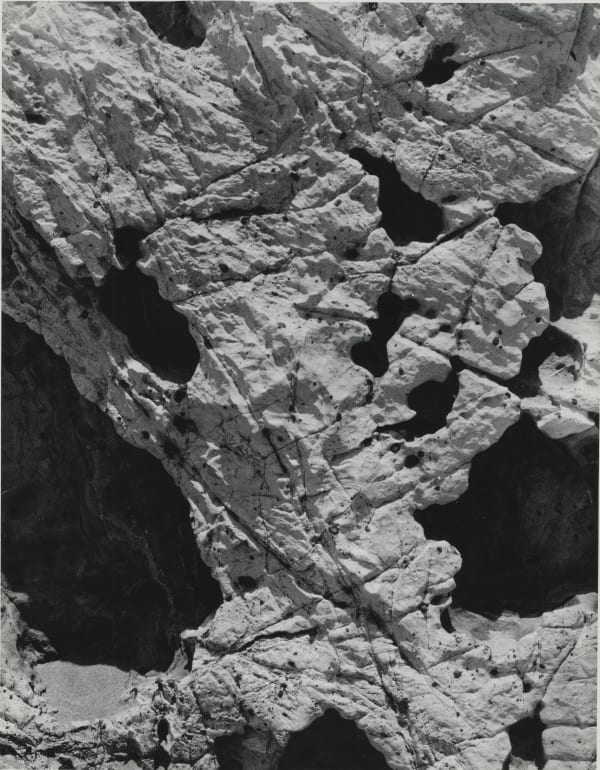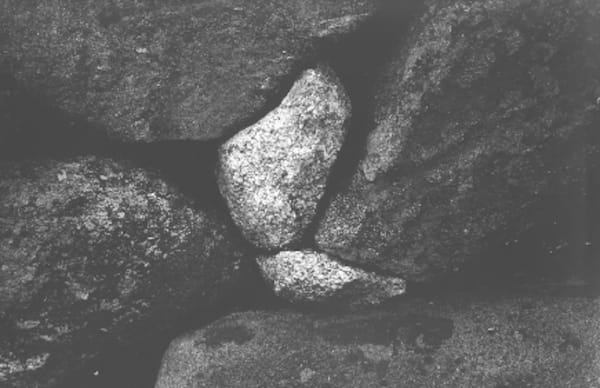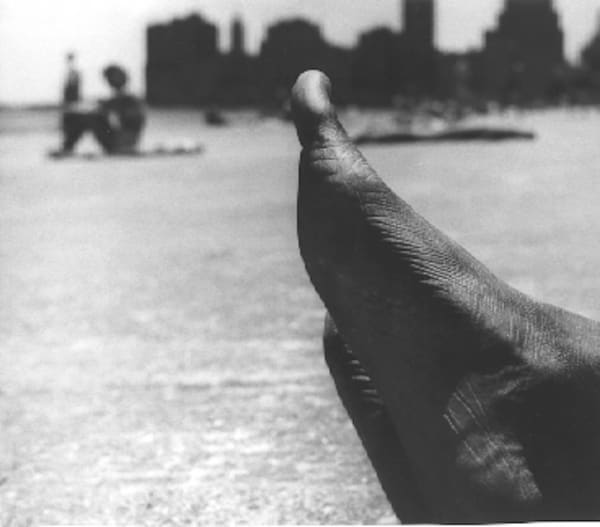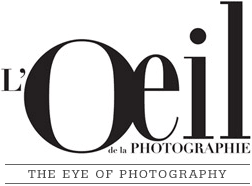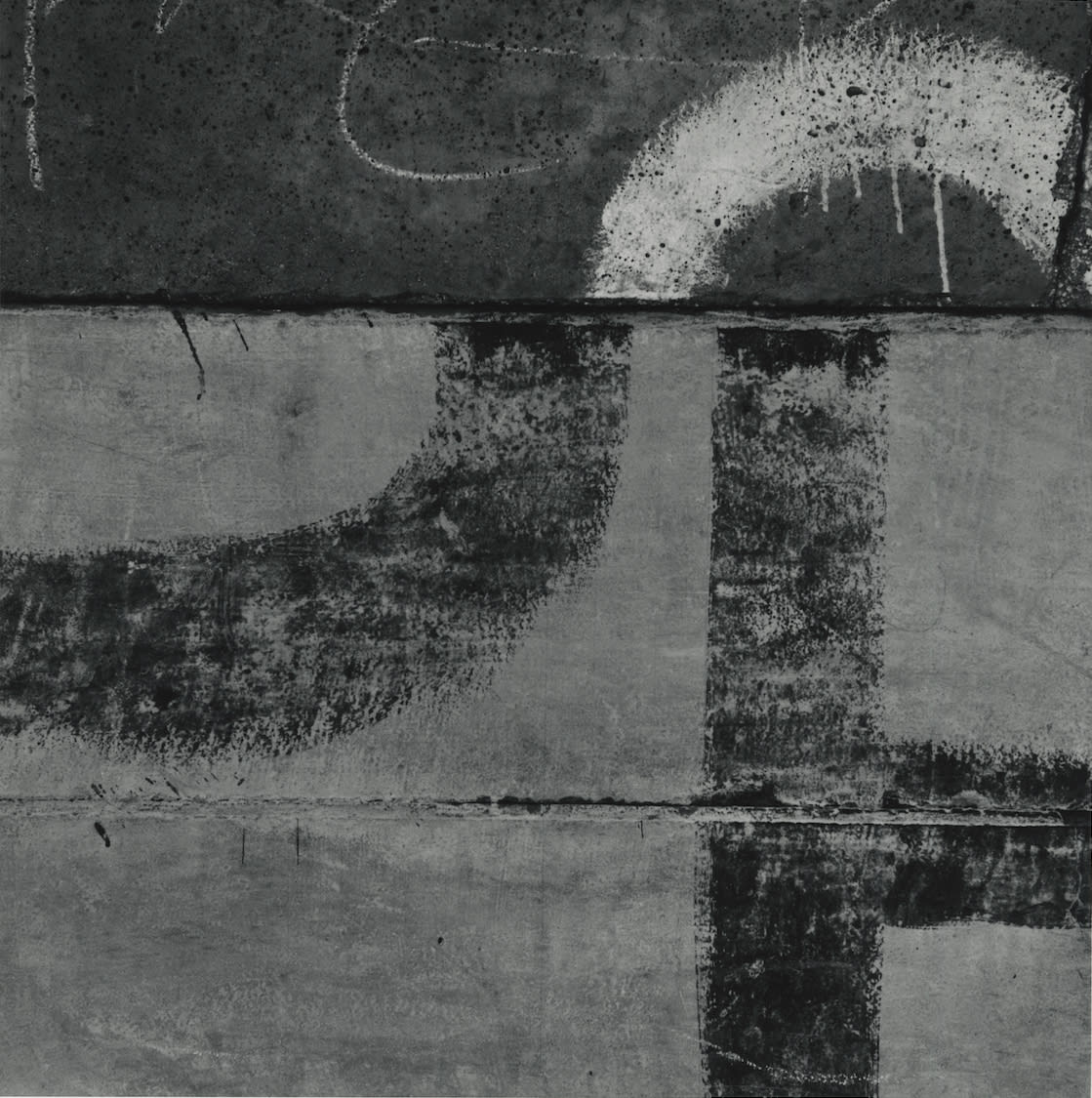Aaron Siskind American, 1903-1991
Aaron Siskind (December 4, 1903 – February 8, 1991) was a pioneering American photographer whose work bridged the worlds of documentary and abstract photography. Born in New York City, he initially pursued a career in literature and social work before turning to photography in the 1930s, joining the Photo League, a group dedicated to socially engaged photography.
In his early career, Siskind focused on documentary projects that highlighted urban life and social issues, including Harlem Document (1932–1940), a powerful series capturing daily life in Harlem during the Great Depression. However, by the mid-1940s, his work took a radical turn toward abstraction.
Influenced by Abstract Expressionist painters such as Franz Kline and Willem de Kooning (with whom he was closely associated), Siskind began photographing peeling walls, weathered surfaces, graffiti, and debris. He abstracted these everyday textures into bold, graphic compositions, transforming the mundane into something expressive and poetic. His photographs from this period are often seen as visual counterparts to abstract painting.
Siskind was also a respected educator. He taught for many years at the Institute of Design in Chicago (formerly the New Bauhaus), alongside László Moholy-Nagy and Harry Callahan, and later at the Rhode Island School of Design.
Aaron Siskind’s work played a central role in establishing photography as a modern art form. He is remembered for his ability to blend form, texture, and emotion, and for expanding the expressive potential of the photographic medium.
1903
Born December 4th, New York City.
1915-26
Educated in New York City at De Witt Clinton High School, and City College, B.S.S. in Literature.
1926-47
English instructor in New York City public school system.
1929
Married Sidonie Glatter; gets his first camera as a honeymoon gift.
1932-35
Joined the New York Film and Photo League; buys a Voigtlander Avus.
1936-41
Active in the reorganized New York Photo League. Established the Feature Group, a documentary production unit, as part of the Photo League School. Produced group and independent photo-series including: The Catholic Worker Movement; Dead End: The Bowery; The End of City Repertory Theatre; The Harlem Document; Lost Generation: The Plight of Youth Today; The Most Crowded Block in the World; Park Avenue: North and South; Sixteenth Street: A Cross-section of New York; and Tabernacle City.
1940
Published "The Feature Group" in Photo Notes.
1943-44
Created increasingly symbolic and abstract photographs based on discarded and found objects on Martha's Vineyard and in Gloucester, Massachusetts.
1945
Published "The Drama of Objects" in Minicam Photography.
Established close and enduring ties to the artists of the New York School.
1947-49
Taught photography at Trenton Junior College, Trenton, New Jersey.
1947-51
Exhibited regularly at Charles Egan Gallery. Elaine de Kooning wrote "The Photographs of Aaron Siskind" as the introduction to a 1951 exhibition of Siskind's photographs at the gallery.
1950
Wrote "Credo" as an artist's statement for the symposium What is Modern Photography? organized by Edward Steichen at the Museum of Modern Art, New York City. Taught with Harry Callahan during the summer at Black Mountain College.
1951-71
At the invitation of Harry Callahan, Siskind joined the faculty of the Illinois Institute of Technology Institute of Design in Chicago. He was Professor of Photography until 1959, when he became Director of the Photographic Department. He led and participated in advanced student projects including: Apartment interiors of the Mies van der Rohe Lake Shore Drive Skyscrapers, A Chicago Settlement House, The Chicago Housing Authority, The Complete Architecture of Adler and Sullivan (also called the Louis Sullivan project), Details of the Human Body, The Park System of Chicago, and The Series Form. Traveled in Greece and Rome.
1956
With Harry Callahan, published "Learning Photography at the Institute of Design," in Aperture.
1959
Horizon Press published his first book, Aaron Siskind: Photographs.
1960-70
Co-editor of Choice Magazine.
1962
Invited by Nathan Lyons to the inaugural “Invitational Teaching Conference” in Rochester, NY, which became the Society for Photographic Education.
1963-64
Served as one of the first Directors of the Society for Photographic Education. Board member, Gallery of Contemporary Art, Chicago.
1965
George Eastman House published his second book, Aaron Siskind: Photographer.
1966
Recipient, John Simon Guggenheim Memorial Foundation Fellowship for Creative Arts – Photography.
1969
Named Bingham Distinguished Professor in the Humanities at the University of Louisville.
Received the Philadelphia College of Art Gold Star of Merit Award and the Rhode Island Governor's Prize for the Arts.
Founding member of the Visual Studies Workshop, Rochester.
1971
Awarded the degree of Honorary Doctor of Arts from Columbia College in Chicago.
1971-76
Taught photography at Rhode Island School of Design.
1973
Lectured in Photography at the Carpenter Center of Harvard University.
1976
Received the National Endowment for the Arts Grant for Visual Arts in Photography.
1971-91
An established master, Siskind continues to make photographs and was published and exhibited widely.
1984
Incorporated the Aaron Siskind Foundation, charged with managing his collection of vintage photographs and supporting contemporary photography with its income.
1985
Funded the Aaron Siskind Center for Photography within the Department of Prints, Drawings and Photographs at Rhode Island College of Design.
1991
Died February 8th, in Providence RI, at 87 years old

